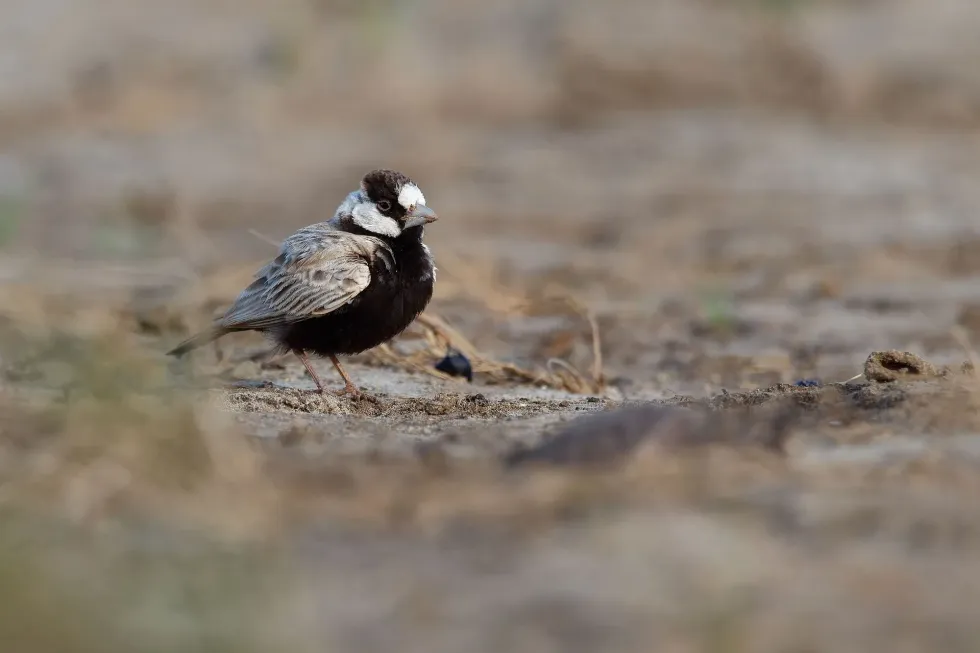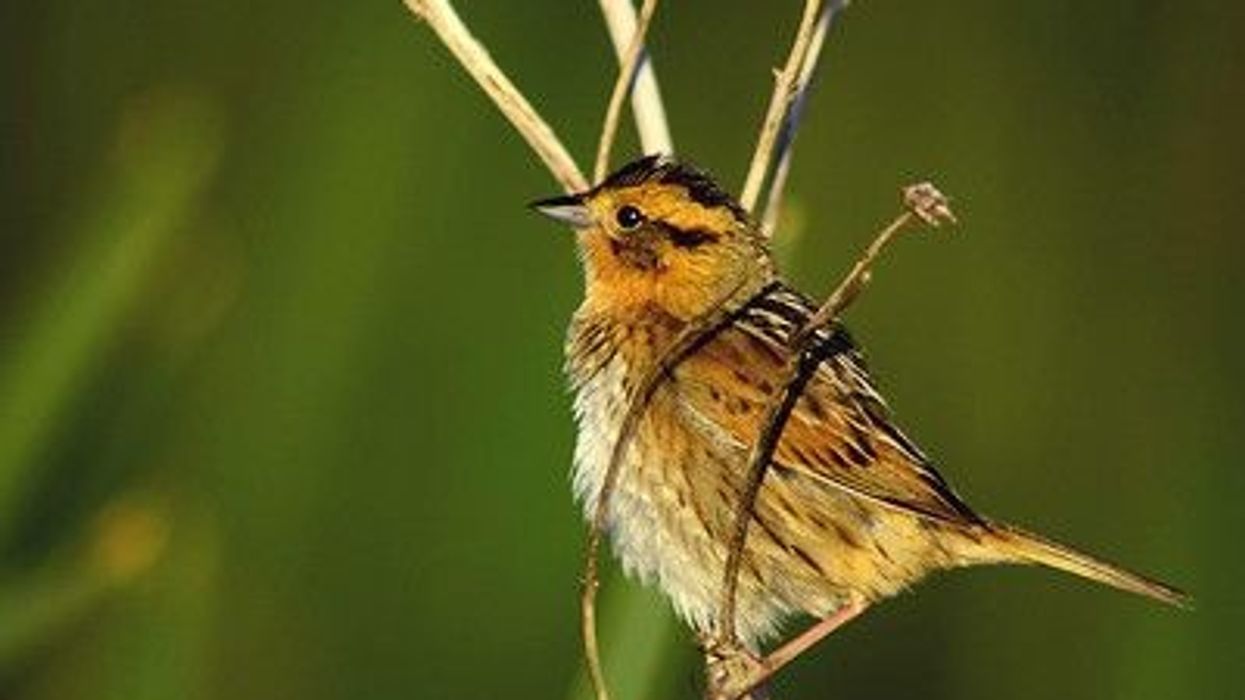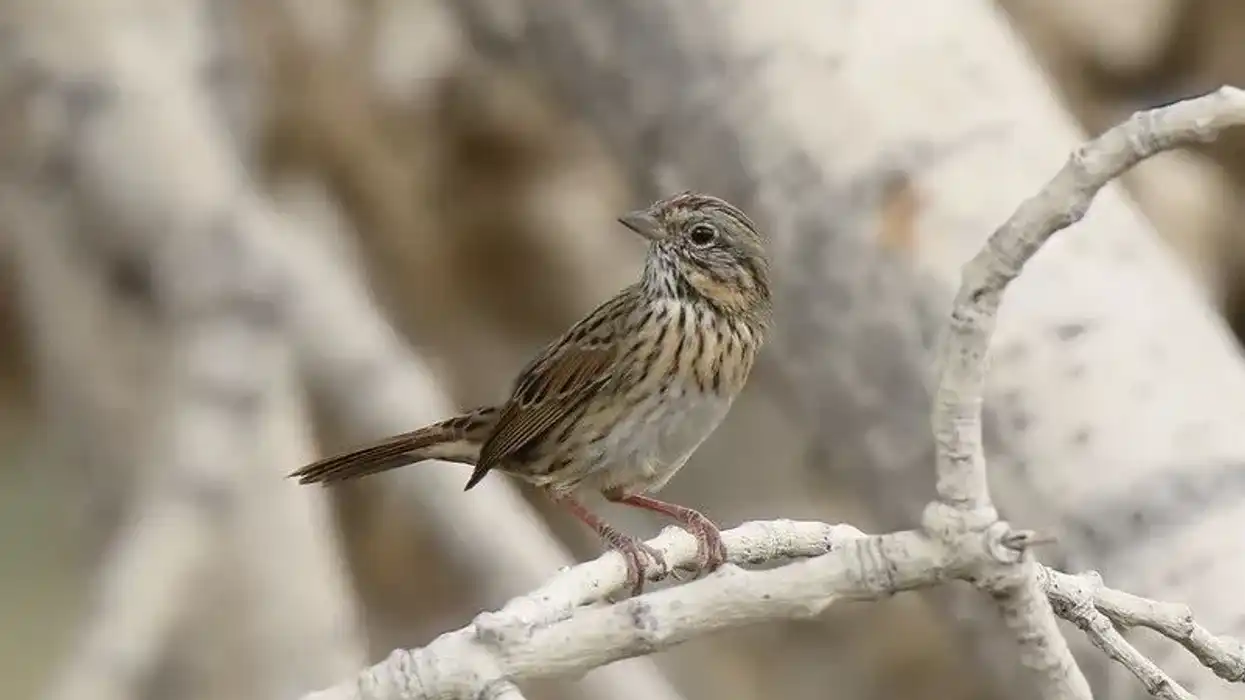The black-capped sparrow (Arremon abeillei) is a bird that can be found in the southwestern United States and parts of Central America. There are two subspecies that are recognized, namely, A. a. abeillei and A. a. melodia.
It is often around in the west during the winter. In the early 1900s, the black-capped sparrow was common throughout California.
They can be found in a wide variety of habitats, including urban and rural woodlands, brushy fields, marshes, and grasslands. The black-capped sparrow is a monogamous species with a highly social breeding system.
Today, however, it can be difficult to find this species in much of its former range but until now they are not endangered. They are amongst the smallest sparrow species to exist.
You can discover more about black-capped sparrow song, male and female black-capped sparrow, black-capped sparrow sound, white and black-capped sparrow, black-capped sparrow diet, family, and so much more in this article.If you like reading this article, then you may want to read more interesting facts on Alexandrine parakeet and savannah sparrow.
Black-Capped Sparrow Interesting Facts
What type of animal is a black-capped sparrow?
The black-capped sparrow (Arremon abeillei) is a passerine bird that is a member of the Passerellidae family.
What class of animal does a black-capped sparrow belong to?
These bird species belong to the class of Aves.
How many black-capped sparrows are there in the world?
These birds, belonging to the Passerellidae family, are common yet they are not usually seen around because they prefer living in the wild. Moreover, no exact data is available as to how many of these birds still exist.
Where does a black-capped sparrow live?
Black-capped sparrows are small, gregarious birds that live in the western United States, from British Columbia to Southern California. They live in forests, woodlands, and scrublands. They are easily located in Soth America, especially southern Ecuador, and northern Peru.
What is a black-capped sparrow's habitat?
The black-capped sparrow can be found in deciduous forests, open woodland, old fields, pastures, and coastal scrub. It prefers unobstructed views of the sky and so doesn't inhabit dense woods or high trees in the forest canopy.
Who do black-capped sparrows live with?
They are usually seen hunting on the ground, perching in flocks especially during the breeding season. These birds become more sociable during the breeding months.
How long does a black-capped sparrow live?
These birds usually have a life span of two to three years, however, they usually undergo predation.
How do they reproduce?
The breeding season for this bird is from March to July, and the nest is usually built in an old tree stump or on a pile of stones. They typically lay one to four eggs each season which hatch between 12 days to two weeks later depending on the incubation.
These birds are monogamous so they make breeding pairs for life. It breeds in coniferous forests and other open wooded areas from southern British Columbia through the western U.S., Mexico, and Central America into northern South America.
What is their conservation status?
According to the International Union for Conservation of Nature, IUCN Red List, they have been categorized as Least Concern species. However, their population trend is known to be decreasing.
Black-Capped Sparrow Fun Facts
What do black-capped sparrows look like?
The black-capped sparrow is a small, dark gray bird with a black cap, white pectoral stripe, and rusty white flanks. These birds are small with a short narrow tail, but they have a bright yellow eyebrow stripe that separates them from other sparrows, like lark sparrows. This bird has a short tail with white tips.
These species have gray upperparts and olive or gray mantle with wide superciliary. As their name suggests, their crown is black.
Their crown helps them distinguish themselves from other sparrow species. Their neck has a white stripe running all around their neck and breast. Their breast is relatively darker.
How cute are they?
They are cute little birds, with very attractive plumage. Black-capped sparrow pictures can melt your heart.
How do they communicate?
The black-capped sparrow has a variety of vocalizations, including a distinctive song with a slow, even pace. This birds' chirping song and other sounds are very distinctive in its habitats.
How big is a black-capped sparrow?
This bird is 6 in (15.2 cm) in size. They are almost equal to the fox sparrow.
How fast can a black-capped sparrow fly?
These birds fly at a medium speed as other sparrow species. However, no exact flight speed is known yet.
How much does a black-capped sparrow weigh?
These species weigh around 0.9 oz (25.5 g). They are slightly bulkier than a grasshopper sparrow.
What are the male and female names of the species?
There are no distinctive names for their male and female species. Both these birds are collectively known as black-capped sparrows.
What would you call a baby black-capped sparrow?
A baby black-capped sparrow is called a chick or nestling.
What do they eat?
The diet of the black-capped sparrow consists primarily of insects, seeds, and berries, which it finds by hopping on the ground, probing with its bill into loose earth, or searching among vegetation.
Are they poisonous?
No, these birds are not poisonous, they do not pose any harm to the lives of humans either.
Would they make a good pet?
Just like chipping sparrows, these species would not make a good pet as they are habituated to the life of the wild.
Did you know...
This sparrow species was first discovered in 1834 by Mr. John Cassin, who found it in Texas.
Are black-capped sparrows migratory?
No, these species are not migratory.
Are black-capped sparrows endangered?
No, they are not yet endangered, however, their population is decreasing over the years. Therefore, conservation sites are being identified throughout their range of habitats.
Here at Kidadl, we have carefully created lots of interesting family-friendly animal facts for everyone to discover! For more relatable content, check out these seaside sparrow facts and vesper sparrow facts for kids pages.
You can even occupy yourself at home by coloring in one of our free printable bird coloring pages.
Second image by Francesco Veronesi.









